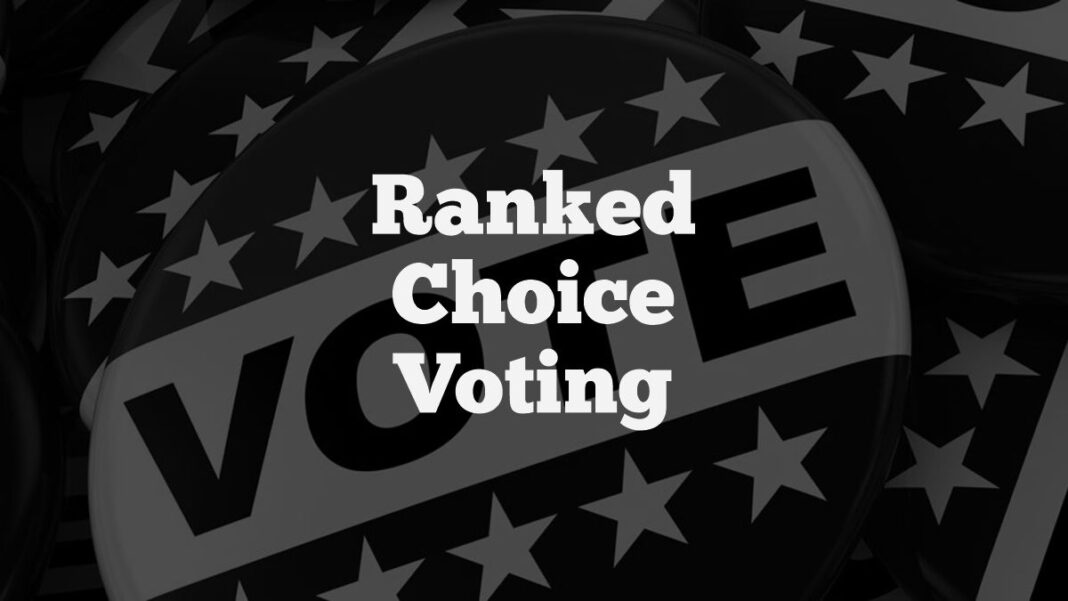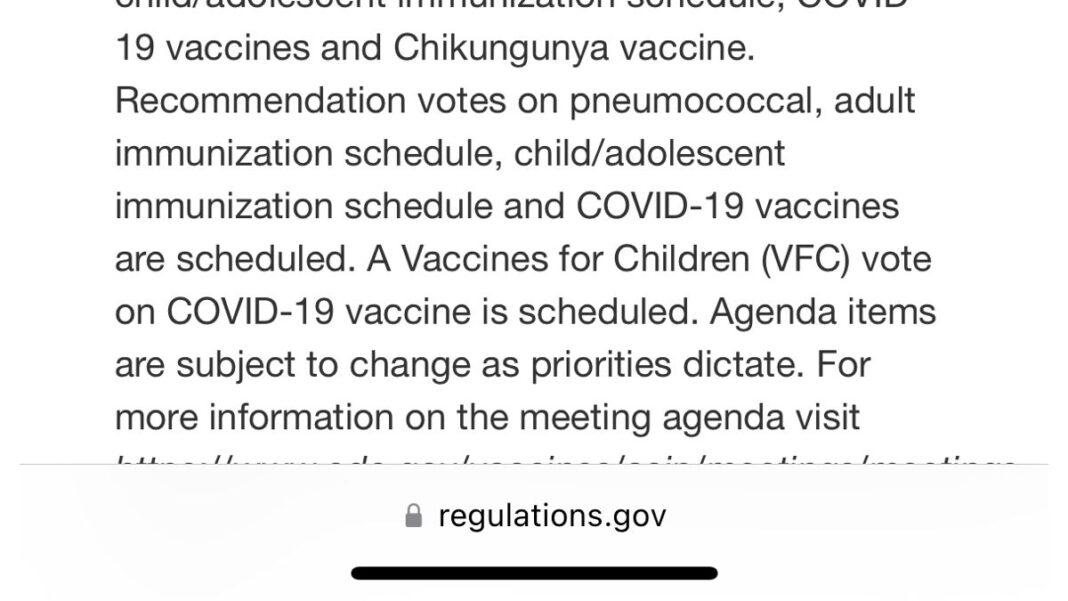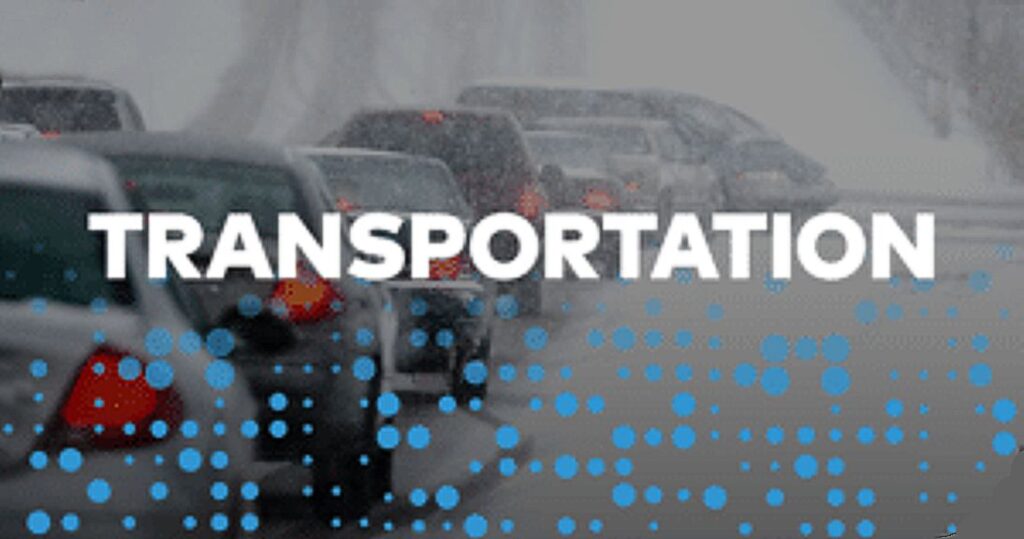
The head of the International Monetary Fund said recently that the outlook for the global economy had “darkened significantly” since April, and she could not rule out a possible global recession next year given the elevated risks.
IMF Managing Director Kristalina Georgieva told Reuters the fund would downgrade in coming weeks its 2022 forecast for 3.6% global economic growth (perhaps a full percentage point) for the third time this year, adding that IMF economists were still finalizing the new numbers.
But this dark vision of the global economy needs to be set against a backdrop of where we are starting when entering this dark period. One area we can look at is some transportation statistics that show where the main street economy is at today.
In the US, Bus ridership is up, but trains are still half-empty as public transit systems across the US try to recover from the Covid pandemic. After falling to 20% of pre-pandemic levels in April 2020, total nationwide public transit ridership has recovered to more than 70% as of September, according to the American Public Transportation Association (APTA). See this in the chart below and learn more here.
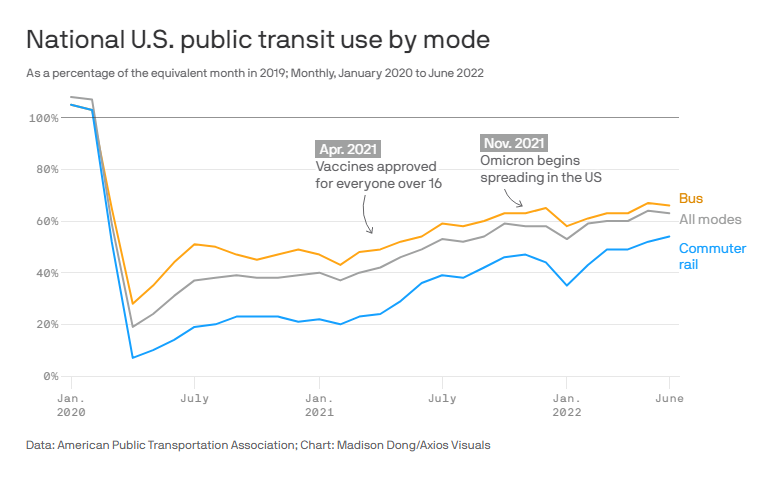
It is not just public transportation that has not recovered from pre-Covid, it is the airline sector as well. Data from all US air carriers, domestic and international, scheduled passenger flights show a massive fall off when Covid hit. Revenue Passenger Miles have recovered about 80% since pre-Covid. See this in the chart below and learn more here.
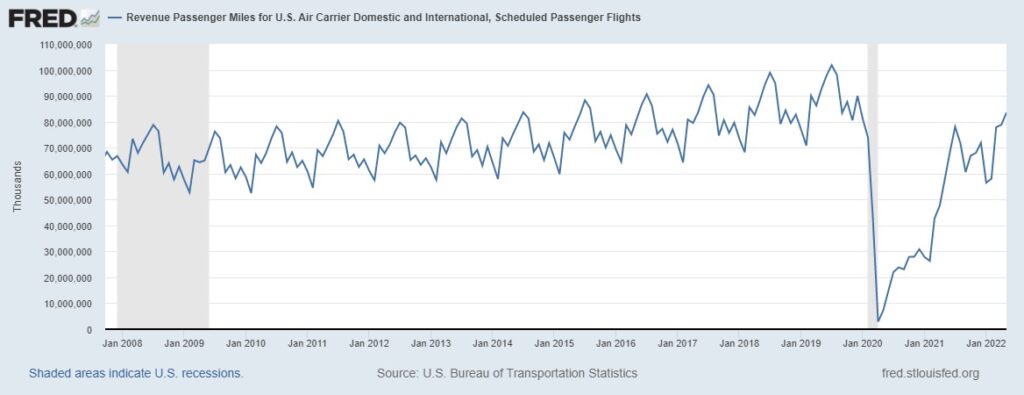
Vehicle Miles Traveled in the US has done a little better. This data series has mostly recovered, but not on a trend line growth as before Covid. The more troubling factoid in the chart below is that the trend recently has turned negative following the economic reality that recession is here. See this in the chart below and learn more here.
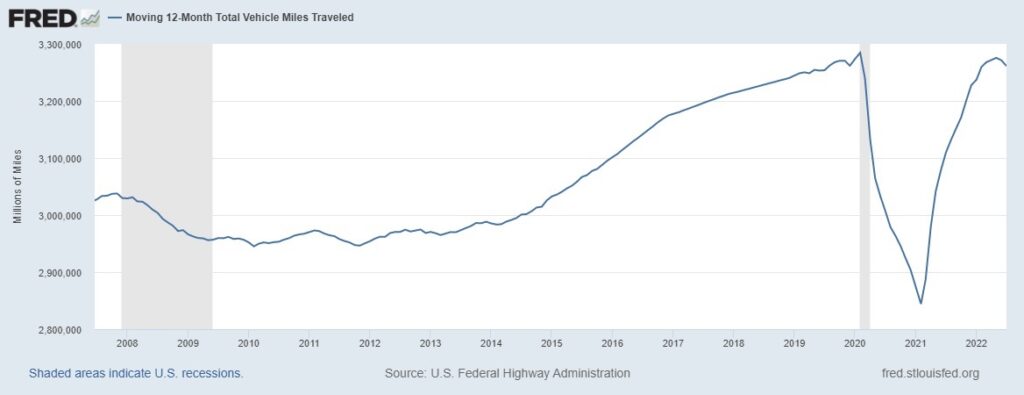
Are these transportation statistics being skewed by work-from-home strategies by Covid?
Working from home had already been a trend prior to Covid. However, since the start of Covid, the number of people working from home, voluntarily or involuntarily, has increased dramatically. But the list of companies requiring workers to return to work in the office – see here. The difference between today’s and pre-Covid work at home strategies is not significant enough to explain these transportation statistics. See this in the chart below and learn more here.
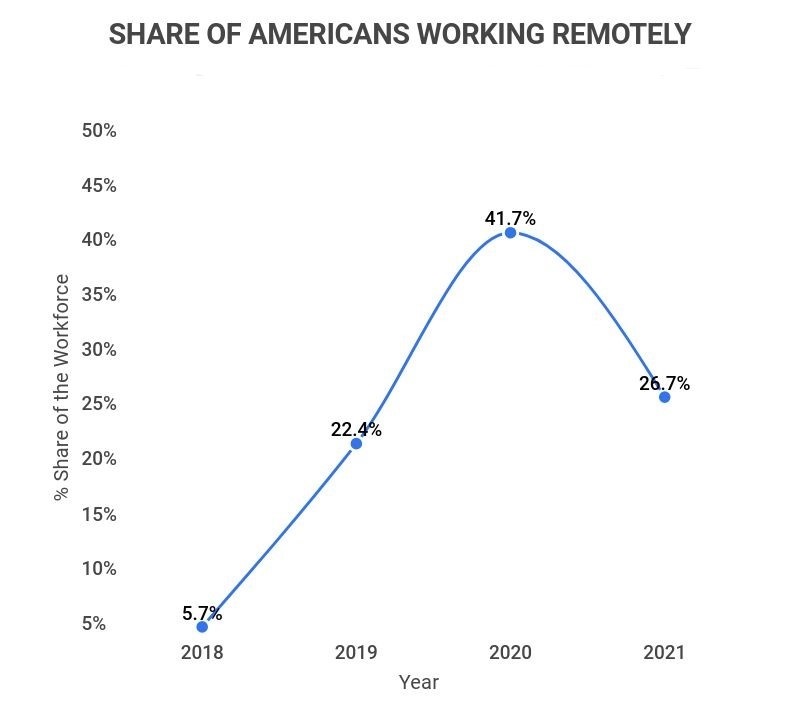
The point here is that America has not returned to pre-Covid times concerning transportation statistics. Worse yet, could be heading down again. It is an indicator of where the main street economy is heading.
The Biden-Harris administration announced $2 billion from a “bipartisan” Infrastructure Law to finance carbon dioxide transportation infrastructure. They are looking for projects (evidently, they have no shovel-ready projects) to deploy carbon management technologies, fight climate change, that supposedly will create good-paying jobs. Really?
Nothing like more big government programs to save our economy.





